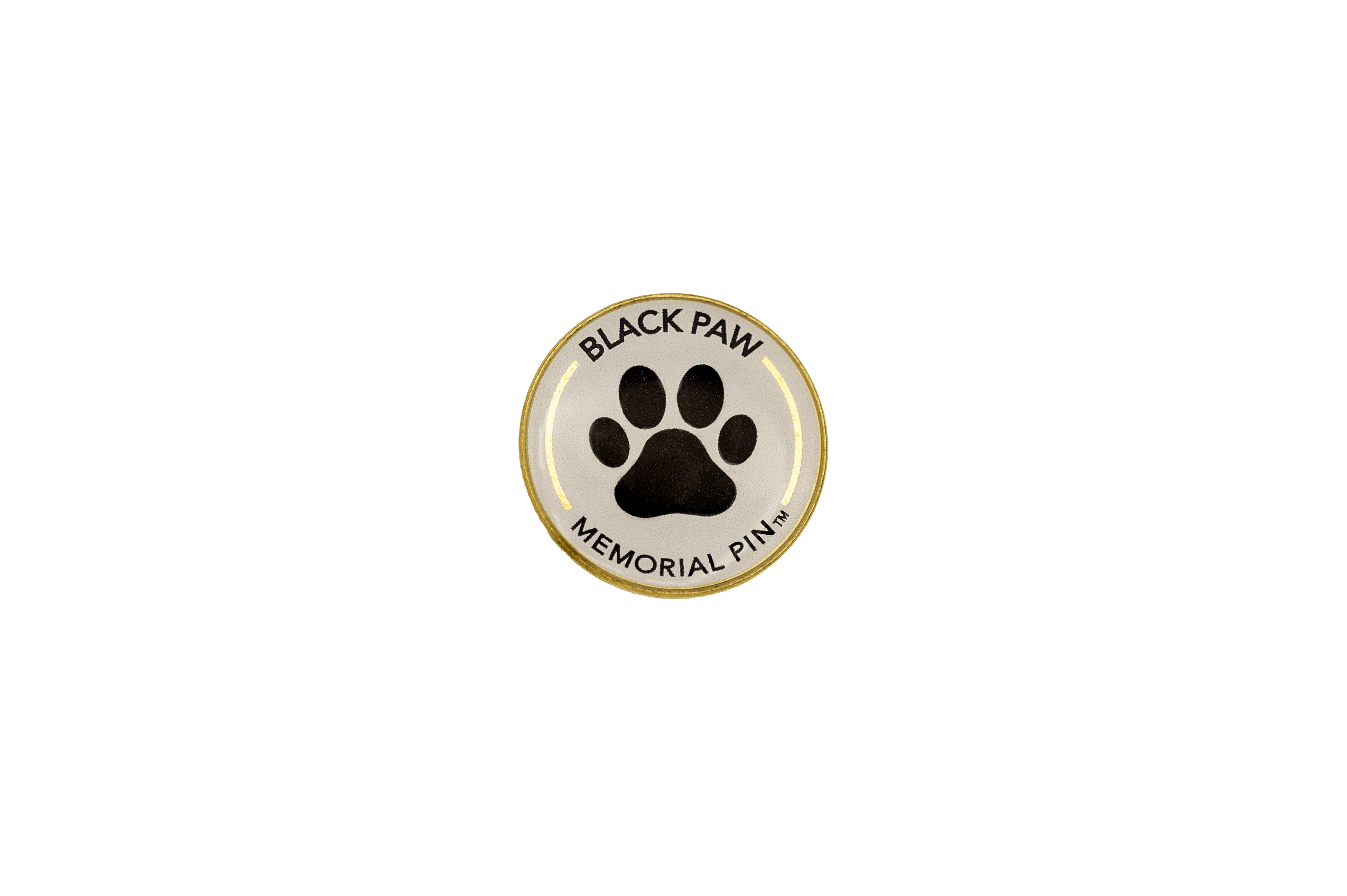When a person you love dies, it's natural to feel sorrow, express grief and expect friends and family to provide comfort—but although people often feel the same feelings of grief when they lose a beloved pet, it might go unacknowledged by others. Know that your grief is normal, and it’s OK (and even important) to mourn the relationship you had with your pet.
The grief process
The grief process is not linear. You may meander in and out of the stages of grief, going back and forth, rather than experiencing each stage in sequential order. It’s not uncommon to start to feel better, and then feel like a wave of grief has washed over you again. The process typically begins with denial, which offers protection until individuals can realize their loss.
Some caregivers may try bargaining with a higher power, themselves or even their pet to restore life. Some feel anger, which may be directed at anyone involved with the pet, including family, friends and veterinarians. Caregivers may also feel guilt about what they did or did not do, or they may feel ashamed to be so upset.
After these feelings subside, caregivers may experience true sadness or grief. They may become withdrawn or depressed. Acceptance occurs when they accept the reality of their loss and remember their animal companion with decreasing sadness. Remember, healthy grieving does not mean that you forget or “get over” your friend. It simply allows you to accept that they’re gone and eventually smile at their memory.
Coping with grief
Although grief is a personal experience, you do not need to face your loss alone. Here are a few suggestions to help you cope:
- Acknowledge your grief, and give yourself permission to express it. Allow yourself to cry. If you live alone, the silence in your home might feel deafening, but acknowledging it will allow you to prepare for the emotions you might feel. Suppressing your feelings of sadness can prolong your grief.
- Try not to replay your last moments with your pet. It can be common to ruminate on your pet’s final days or moments, especially if they were traumatic. Instead, focus on the life you shared with your pet and some of your favorite memories with them. Remember, your pet’s pain has passed. You are the one in pain now, and you must lovingly care for yourself.
- Reach out to others who can lend a sympathetic ear. Do a little research online, and you'll find hundreds of resources and support groups that may be helpful to you. Some of these include:
- The Pet Compassion Careline, which provides 24/7 grief support with trained pet grief counselors.
- Lap of Love, which provides grief courses and 50-minute one-on-one support sessions with a grief counselor.
- Everlife Support Groups by state.
- Association for Pet Loss and Bereavement support groups, available at specific times throughout the week.
- If you are part of a congregation, ask if your place of worship offers bereavement support for pet loss.
- Memorialize your pet through a bereavement ritual. You might:
- Spread your pet’s ashes somewhere special, or reserve a place in your home for your pet’s ashes and photos of your pet.
- Plant a native tree or flowering shrub in memory of your pet.
- Create a memory box with your pet’s collar or favorite toys.
- Purchase a product that incorporates your pet’s ashes into a memorial necklace, bracelet, ring or suncatcher. (Search “pet cremation jewelry.”)
- Commission a painting, statue, memorial stone or plush animal representation of your pet. (Search “pet memorial” on Etsy.com for a wide range of options at all price points.)
- Practice your own culturally significant expression of grief, like creating an ofrenda.
- Write about your feelings, or write a letter to your pet about all the things you’d like to say to them or how you’d have liked to spend your last day with them.
- Write an obituary for your pet.
- Share photos and memories of your pet via social media.

